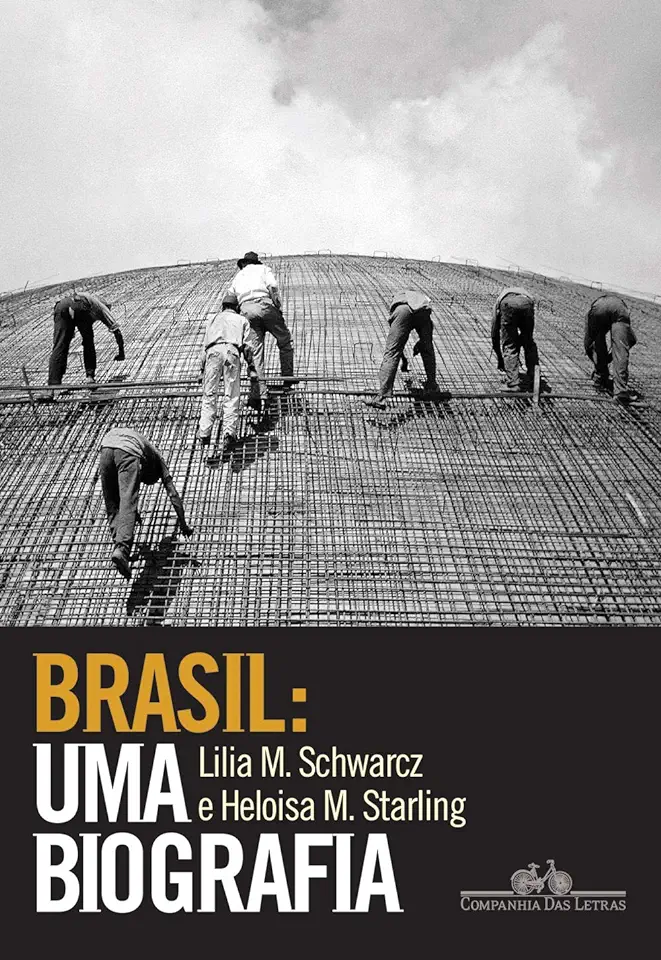
Popular Parties and Traditions of Brazil - Mello Moraes Filho
Popular Parties and Traditions of Brazil: A Journey into the Heart of Brazilian Culture
Introduction
Brazil, a vibrant and diverse nation, is renowned for its rich cultural heritage, which is deeply rooted in its popular parties and traditions. These celebrations, passed down through generations, reflect the country's unique blend of indigenous, African, and European influences, creating a tapestry of festivities that captivate the hearts of both locals and visitors alike.
Carnival: A Celebration of Life and Diversity
Carnival, undoubtedly the most famous Brazilian celebration, is a kaleidoscope of colors, music, and dance that takes over the streets of cities like Rio de Janeiro, Salvador, and Recife. This five-day extravaganza, held before Lent, is a time of uninhibited joy, where samba schools parade their elaborate floats and dancers adorned in dazzling costumes, while the infectious rhythms of samba music fill the air. Carnival is a celebration of life, diversity, and the Brazilian spirit, inviting everyone to join in the revelry and embrace the spirit of unity.
Festa Junina: A Tribute to Rural Traditions
Festa Junina, also known as the June Festivals, is a charming celebration that pays homage to Brazil's rural heritage. Held during the month of June, these festivities are a delightful blend of traditional dances, music, and culinary delights. The aroma of roasted corn and mulled wine fills the air as people gather around bonfires, dressed in colorful plaid shirts and straw hats. Festa Junina is a time to honor the countryside, celebrate the harvest, and revel in the simple joys of life.
Bumba-Meu-Boi: A Tale of Love, Loss, and Rebirth
Bumba-Meu-Boi is a captivating folk play that tells the story of a miraculous resurrection. This theatrical performance, popular in the northeastern region of Brazil, revolves around a beloved ox named Bumba, who is sacrificed to appease the cravings of a pregnant woman. However, through divine intervention, Bumba is brought back to life, symbolizing the triumph of good over evil and the power of faith. Bumba-Meu-Boi is a mesmerizing spectacle that combines music, dance, and storytelling, leaving audiences spellbound.
Círio de Nazaré: A Pilgrimage of Faith and Devotion
Círio de Nazaré, held in the city of Belém, is one of the largest religious festivals in the world. This grand procession, honoring Our Lady of Nazareth, draws millions of pilgrims from across Brazil and beyond. The streets of Belém are transformed into a sea of white as devotees carry the image of the Virgin Mary through the city, accompanied by prayers, hymns, and the rhythmic beats of traditional instruments. Círio de Nazaré is a testament to the deep faith and devotion of the Brazilian people, creating an atmosphere of spiritual upliftment and unity.
Conclusion
"Popular Parties and Traditions of Brazil" by Mello Moraes Filho is an enchanting journey into the heart of Brazilian culture. Through vivid descriptions and captivating storytelling, the book brings to life the vibrant celebrations that define the nation's identity. From the exuberant Carnival to the heartwarming Festa Junina, from the captivating Bumba-Meu-Boi to the solemn Círio de Nazaré, each chapter unveils a unique aspect of Brazil's rich heritage.
This book is a must-read for anyone seeking to understand the soul of Brazil. It is a celebration of the country's diverse traditions, a tribute to its people's creativity and resilience, and an invitation to experience the infectious joy and passion that make Brazil a truly remarkable place. Immerse yourself in the pages of "Popular Parties and Traditions of Brazil" and discover the magic that lies within this extraordinary nation.